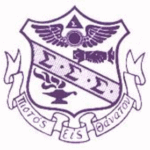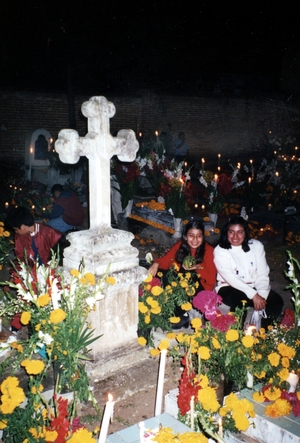For more than 230 years fraternities and sororities have originated from the universal desire on college campuses for association with others that share common interests, goals, and ideas. Fraternities and sororities have played an integral role in the higher education system in the United States since the creation of Phi Beta Kappa, the first Greek letter society founded in 1776 at the College of William and Mary in Virginia. Social norms and changes in society can be reflected in the demographics of the student population at colleges and universities and the growth and diversity of fraternity and sorority life in the United States.
As the ethnic and cultural background of the American college student becomes diverse so does the idea of the traditional fraternity and sorority. Founded as historically white associations, Greek letter organizations in the last 25 years have been formed with a primary focus on culturally specific and multicultural-based group identities.
What started out as a new fraternity on the New York City Tech campus in 1996, has evolved into what some would call a movement,” said Archer D. Hutchinson, Founder and National President of Phi Sigma Chi Multicultural Fraternity, Inc.
Phi Sigma Chi and eleven other multicultural-based fraternities and sororities gathered at Seton Hall University in New Jersey on April 21st, 2007 to hold the spring conference of the National Multicultural Greek Council (NMGC.) The NMGC was founded in 1998 and is an umbrella council for multicultural Greek letter organizations.
Members meet annually to discuss the development and implementation of the council’s mission: to promote the awareness of multicultural diversity within collegiate institutions, their surrounding communities, and the greater community-at-large.
Today Phi Beta Kappa is an honors society. The first social fraternity still in existence is the Kappa Alpha Society, which was founded in 1825 at Union College in Schenectady, New York. The creation of similar organizations led the way for fraternity and sorority life on hundreds of campuses throughout the United States.
Ethnic fraternities first developed as a result of the need to share and celebrate the diversity of cultural experiences. The first African-American fraternity founded was Alpha Phi Alpha, established in 1906 at Cornell University. Fraternities and sororities were mainly predominantly white or black organizations until 1931 when the first international Latino fraternity still in existence, Phi Iota Alpha, was formed at Rensselaer Polytechnic Institute (RPI) in Troy, NY. In 1975 the first national Latino fraternity with a continued existence, Lambda Theta Phi, was founded at Kean University in New Jersey.
Most Latino students bring with them to college campuses a sense of cultural activism, and the traditional Greek organizations lack in that area,” says Juan A. Rodriguez, past national president of Sigma Lambda Beta, a Latino fraternity founded in 1986. “That’s one of the reasons why Latino fraternities and sororities have blossomed.”
The first multicultural fraternity, Epsilon Sigma Rho, was formed at California State University Sacramento in 1986. The first multicultural fraternity formed on the east coast was Delphic of Gamma Sigma Tau, which was re-established as a multicultural fraternity at the State University at New York at New Paltz in 1987. The group traces its history back to 1871 with the founding of the Delphic Soceity in upstate New York. During the spring of 2007 the organization celebrated its 20th anniversary as an official multicultural fraternity.
The changes in fraternity and sorority life represent the growth of a more diverse national student body. The country’s minority population, which includes Hispanics, blacks, American Indians, Asians and others, grew by 43 percent between 1990 and 2000, according to the U.S. Census Bureau. The country’s Hispanic population mushroomed by 58 percent from 1990 to 2000, making it the fastest growing minority group and underscoring “the changing diversity of the United States.
Minorities in Higher Education Twenty-first Annual Status Report (2003-2004) published by the American Council on Education (ACE) reported that from 1991 to 2001, college enrollment of minorities rose by nearly 1.5 million students (52 percent) to more than 4.3 million.
Melissa Hernandez, who helped found Zeta Sigma Chi in 1996 at Michigan State University said she didn’t understand the long-lasting effect a multicultural sorority would have on the university. “With the mainstream sororities, we really didn’t feel like we fit in there, and we were looking for an organization that met our needs,” Hernandez said. “We saw that it was multicultural, not just focused on one culture, but (focused) on how the world is, with different cultures.”
Christina Lovato, past president of the Theta Nu Xi Multicultural Sorority, which was also founded in 1996, said multicultural fraternities and sororities help foster a more inclusive Greek life diverse environment on college campuses today. “We appreciate and embrace each other’s differences,” said Ms. Lovato. “It’s a nice alternative to all the intolerance you see today.”
(article first written on April 30, 2007.)






